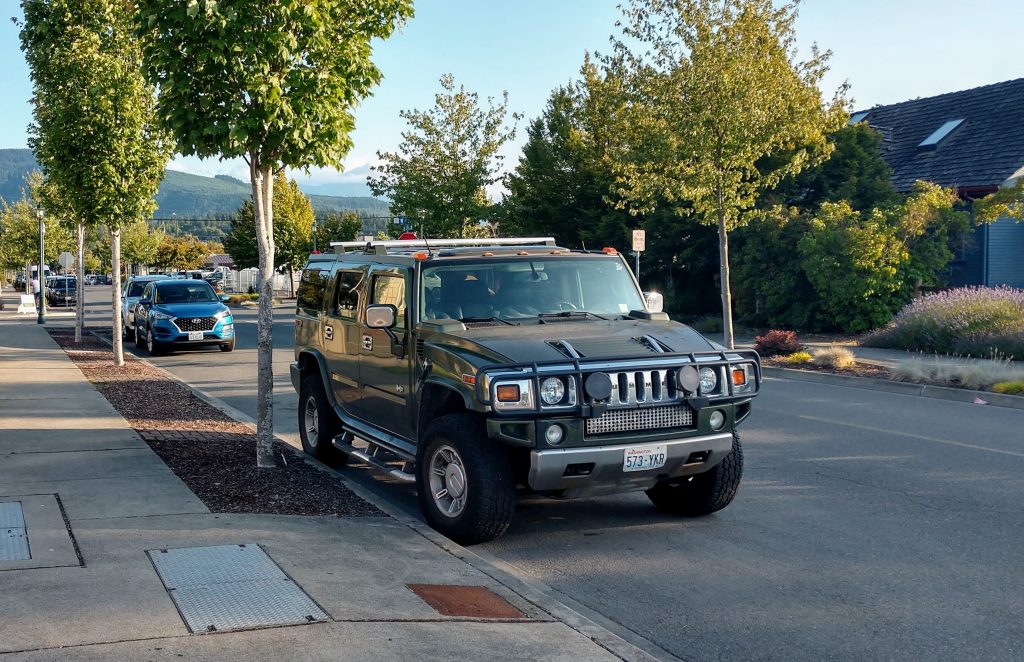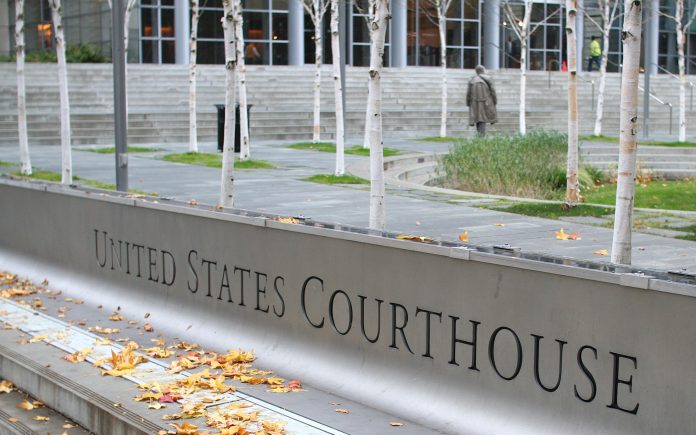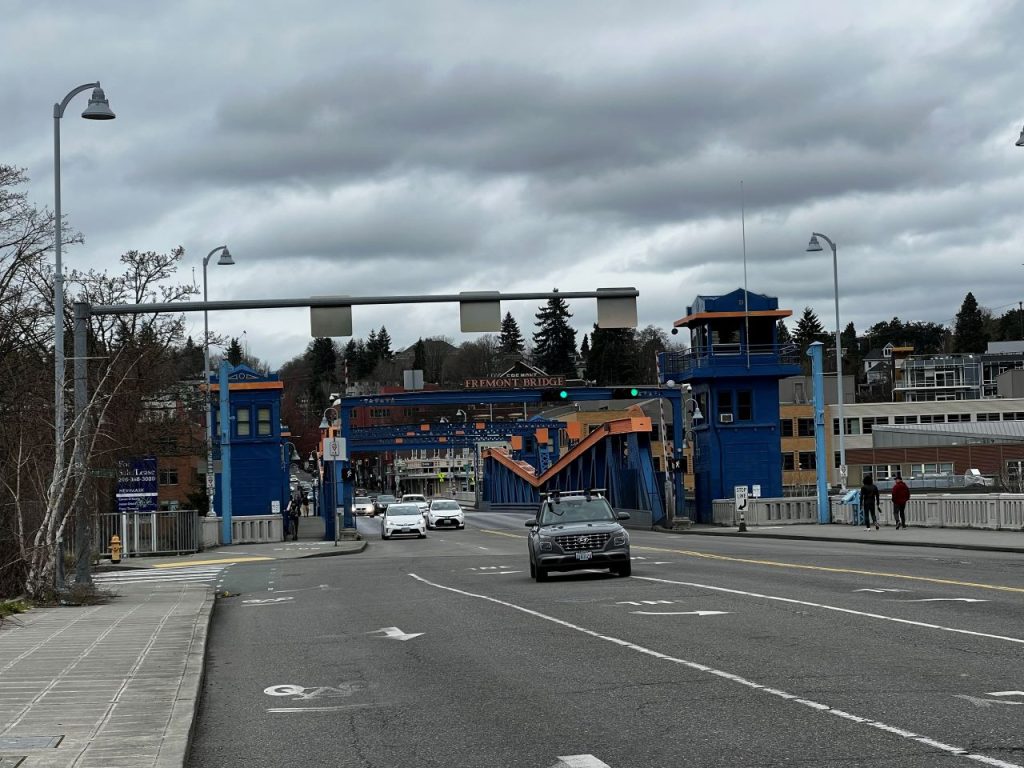Seattle’s legal battle against Hyundai and Kia challenges traditional notions of city and corporate responsibility. Could it portend an era of tighter car regulation?
Earlier this year, the City of Seattle filed a lawsuit against Hyundai and Kia in response to a wave of car thefts. The City’s case relied on an interesting legal theory – that the automakers’ failure to install immobilizers amounted to a violation of the City’s public nuisance laws. Although the action has been stayed pending a Judicial Panel on Multidistrict Litigation in California, the lawsuit is a first of its kind. A rare instance of a city taking on a corporation, the lawsuit implies that companies have responsibilities to groups beyond their consumers.
Hyundai and Kia became the target of public outcry after videos spread across TikTok showing users hotwiring the cars using nothing more than a USB cable. Unlike most vehicles, Hyundais and Kias lack an anti-theft component, known as an immobilizer. The omission of the immobilizer makes the cars relatively easy to steal. It is believed that the TikTok trend inspired copycat acts, leading to increased rates of car theft, reckless joyrides, 14 crashes, and eight fatalities across the U.S.
Seattle joined Cleveland, St. Louis, San Diego, and several other cities taking legal action against the automakers. The cities argue that the makers’ decision not to install immobilizers makes their communities less safe. In the case of Seattle, the City claims that the number of Hyundai and Kia vehicles stolen increased by 363% and 503%, respectively, from 2021 to 2022. According to the City, not only has the surge in thefts strained emergency services and the police force, the incidents also pose a risk to pedestrians, bicyclists, and other drivers on the road as the stolen cars are often taken on high-speed rides then abandoned.
Instead of attacking the many heads of the Hydra by merely prosecuting the thieves, the cities are taking aim at the monster’s heart, accusing the automakers of causing harm via faulty design.
The Seattle lawsuit is one of the few times that the City has sued a corporation. The rarity may be due to the difficulty in establishing that a corporation has any “duty of care” to a city or its residents, as would be required for a claim of negligence. Seattle tactically avoided this burden by pursuing a claim under its public nuisance laws which do not require such a showing.
Instead, the biggest obstacle facing Seattle and the other cities will likely be proving causation. Hyundai and Kia can argue that there is no nexus between their car design and rates of car theft. The burden will be on the cities to show a spike in the total number of car thefts in recent years, to rebut the possibility that thieves are just increasingly targeting Hyundais and Kias over other makes.
But the ultimate goal of Seattle may not be a victory in court. Rather, the objective of the lawsuit could be to pressure the automakers to instate a recall or negotiate another mutually-agreeable solution as the terms of a settlement agreement.
Whether the intention of the City or not, the case highlights the need for greater regulation of the auto industry. The omission of immobilizers is only the latest in a long line of car design choices aimed at profit-maximization at the expense of public safety. For example, automakers, finding that SUV’s support bigger price tags, have been building bigger cars. Bigger cars result in deadlier collisions with pedestrians. Yet, the failure to take commonsensical steps, like limiting hood heights, banning bull bars, or requiring speed governors or immobilizers hints at regulatory capture and the need to reel-in the industry lest traffic fatalities continue to climb past 40,000 per year.

Regardless of its aims, the City’s lawsuit makes a powerful statement: that corporations should be held accountable not just to their direct customers, but to the communities affected by their products and services downstream.
Traditionally, consumer protection laws have focused on buyers of goods and services. But a net of protections extending to the general public is needed as a call to arms for corporate social responsibility. Nonetheless, by leveraging creative legal theories like Seattle’s public nuisance claim, local governments can seek restitution from corporations whose actions have adversely affected non-consumer groups.
The rarity of cities suing corporations may also be the result of a fear of losing economic opportunities. While the interests of cities and corporations sometimes align, the Seattle lawsuit stands for the proposition that the City’s primary responsibility is to its residents. Rather than avoiding conflict to preserve the possibility of some hypothetical future partnership with the automakers, the City took action in response to what it saw as an actual present harm to the safety of its streets and resources. Seattle’s legal battle is not just a fight against Kia and Hyundai, but the beginning of a war against corporate supremacy.

Erin Caldwell (Guest Contributor)
Erin is a technology lawyer living in the Queen Anne neighborhood of Seattle. When not working or writing, she can be found biking to breweries, playing Magic: the Gathering, or cramming overdue library books.


